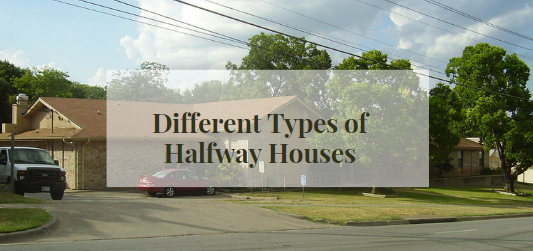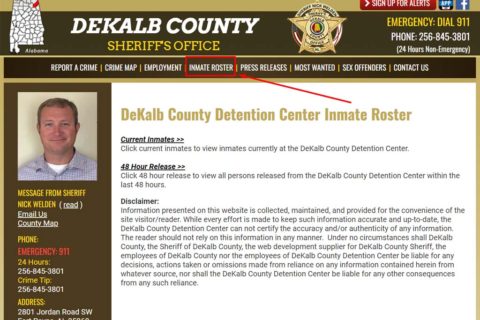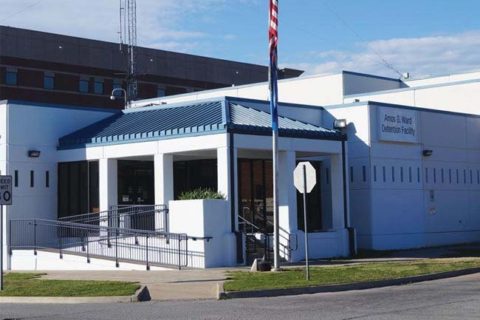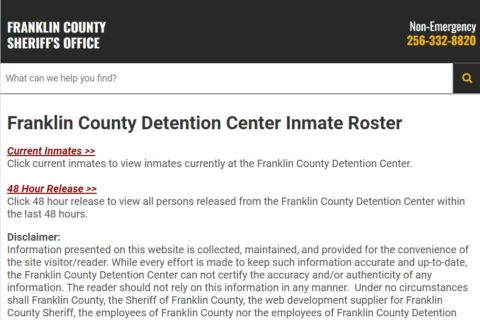When you read or watch something, you may find a thing known as a halfway house and wonder about it. For those who have no idea about a halfway house, it is the name of an institute for those who have criminal backgrounds or substance use disorder issues to learn or relearn the important skills to reenter the society.
Not only serving as a resident, a halfway house also provides some other things, such as social, medical, psychiatric, educational, and some other services. This kind of house is known as halfway house because of it being halfway between completely independent living and in-patient or carceral facilities, the places where these people are restricted in their freedoms and behavior.

Talking about halfway houses, do you know that there are different types of them? If you want to find out the different types of halfway houses, you can keep reading the post.
In general, halfway houses in the United States are divided into two models. In the first model, after entering a halfway house, a patient is categorized based on the type of disability, ability to reintegrate into society, and expected time frame for doing so. It is possible for them to be placed into an open by same-sex dorm, the kind of place that has similarity to that one that is normally found in military basic training. Usually, there are about 1000 similar residents in a gymnasium-type setting. All of them go through the same thing at the same time. When the patients gain the ability to increase their skill level and decrease their dependency on support services, the number of members who live in the dormitory is reduced. At the last stage, they may have only one or two people as their roommates. It usually happens before they can move into their own apartment.
As for the second model, it is the reverse from the first model. Every patient who just entered the halfway house is admitted in an individual room that has one to one services and programming. When they become more independent, the dormitories get bigger so that when they leave, they are living in the dorm with 50 to 100 people.
In order for the convicted criminals to start the process of reintegration with society, these two models are used. At the same time, they are provided with monitoring and support. These two are believed to be effective to cut the risk of recidivism or relapse when compared to a release directly into society. Keep in mind that halfway houses are designed for reintegration of those who have been just released from prison or continuous mental institutionalization.
Aside from getting divided into two models, halfway houses are also divided into several different types. Some of them are sponsored by the state, while some others are run by for-profit entities. The ones that are run by for profit entities are mostly addiction recovery homes and mental illness homes.
In criminology, the main purpose of halfway houses is to allow people to start the process of reintegration with society, while still providing monitoring and support. By living in this kind of place, the ex-prisoners are expected to be better people. These houses are expected to minimize the risk of recidivism or relapse when compared to releasing these ex prisoners directly into society.
A few halfway houses are designed for reintegration or those who just got released from prison or jail. However, there are also some others that are made for those with chronic mental health disorders. In addition, there are also some halfway houses that are used for those who have substance abuse issues. For the latter, the halfway houses are usually known as sober living houses.
If you are wondering how the ex criminal offenders are placed to a halfway house after a prison sentence, the decision is usually made upon as part of the sentence given by the judge or by a recommendation given by the prison official. Besides, it is also possible for one to get a direct sentence to a halfway house. This kind of sentence is usually given by a judge or prosecutor in lieu of prison time.
As you already know about halfway house and its variations, you may want to check out some halfway houses that can be found in the United States below:
Alexander City, AL:
-
- Lighthouse of Tallapoosa County, Inc. (Men)
Anniston, AL:
-
- Anniston Fellowship House, Inc. (Men)
- Calhoun/Cleburne Mental Health Center, Inc.
- Northeast Alabama Regional Medical Center
Attalla, AL:
-
- Etowah County CED Mental Health Center
- Raphe Ministries and Christian home
Autaugaville, AL:
-
- Canaan Land Ministries (Men)
Birmingham, AL:
-
- Alcohol and Drug Treatment Centers of Birmingham
- Aletheia House
- Birmingham Health Care
- Birmingham Metro Treatment Center
- Birmingham Veteran Administration
- Bradford Health Services (Birmingham)
- Fellowship House Inc. (Men and Women)
- Gateway (Former Family and Child Services, Inc.)
- The Jimmie Hale Mission
- The LoveLady Center (TLC)
- Oakmont Center
- Saint Annes Home Inc. (Women)
- Tri County Treatment Center
- University of Alabama in Birmingham
Celera, AL:
-
- The Hamilton Center
Centre, AL:
-
- Cherokee and DeKalb County Court Referral Office
- Cherokee County
- Clanton MI/SA/ Business Office
Clayton, AL:
-
- Ventress Correctional Facility
Columbiana, AL:
-
- Magnolia Creek Treatment Center for Women
Cullman, AL:
-
- Cullman Lighthouse, Inc.
Daphne, AL:
-
- The Shoulder (Men)
Decatur, AL:
-
- Mental Health Center of North Central Alabama Quest Rec Center Substance Abuse Treatment
Demopolis, AL:
-
- West Alabama Mental Health Center Substance Abuse Program
Dothan, AL:
-
- The Haven (Spectra Care) (Men and Women)
- Herring Houses (Men)
- House of Ruth
Eight Mile, AL:
-
- Home of Grace (Women)
Fairhope, AL:
-
- Baldwin county Mental Health Center AltaPoint Health Services
Florence, AL:
-
- Riverbend Center for Mental Health Substance Abuse Services
Fort Payne, AL:
-
- DeKalb County CED Mental Health Center
Gadsden, AL:
-
- The Bridge, Inc.
- C.E.D. Fellowship House (Men)
- Cherokee/Etowah/DeKalb Fellowship House
- Substance Abuse Council of Etowah County
Guntersville, AL:
-
- Cedar Lodge Substance Abuse (Men and Women)
Huntsville, AL:
-
- Crestwood Medical Center Behavioral Services
- Huntsville Metro Treatment Center
- Madison County Mental Health Center New Horizons Recovery Center
- Oxford House
- Pathfinder, Inc. (Male and Female)
- Stepping Stones Halfway Houses

A bookworm and researcher especially related to law and citizenship education. I spend time every day in front of the internet and the campus library.




